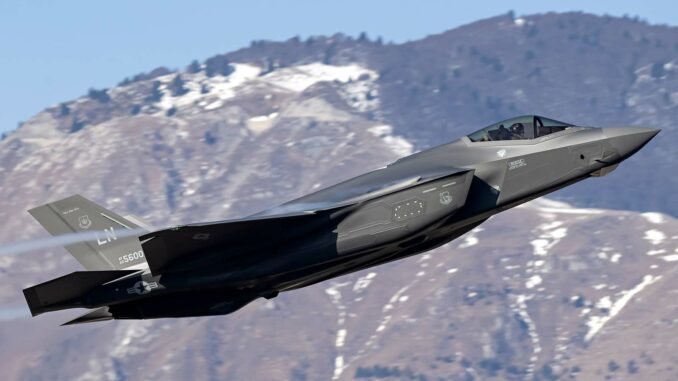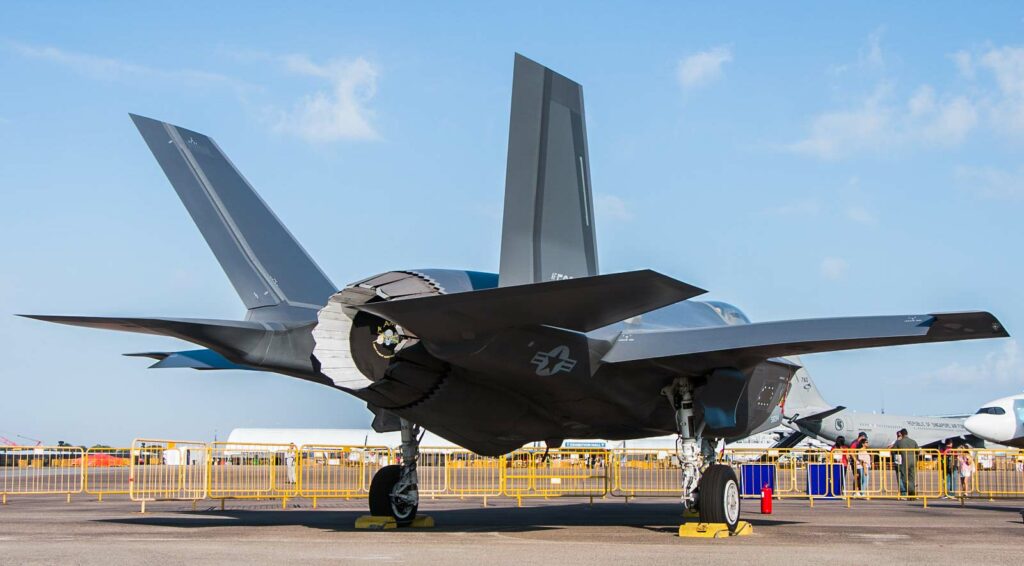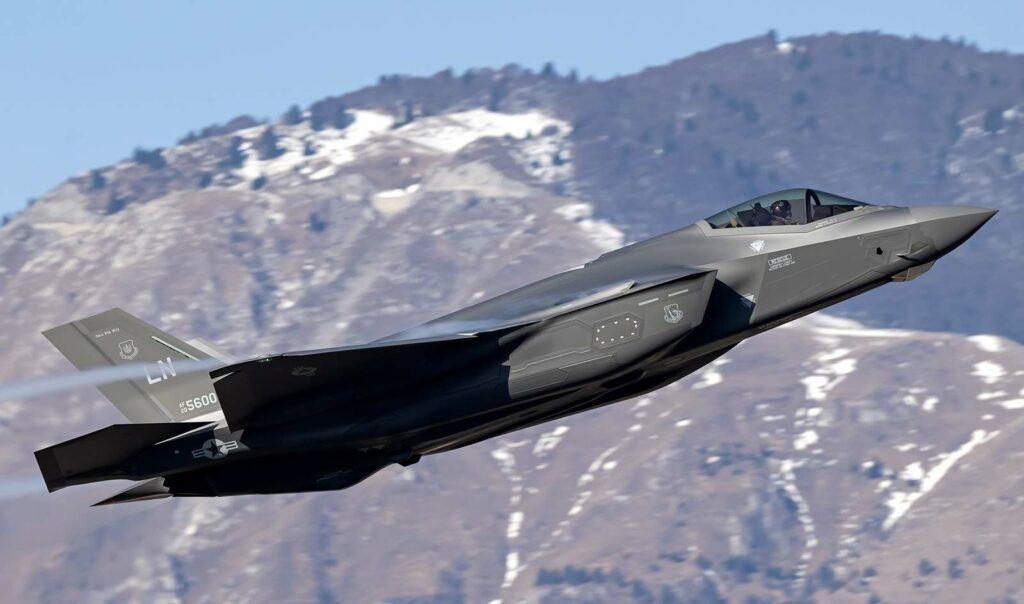
Learn about the F-35A’s certification to carry the B61-12 bomb, a crucial milestone in the modernization of allied nuclear deterrence.
The recent certification of the F-35A Joint Strike Fighter to carry the B61-12 thermonuclear bomb represents a strategic turning point in modern air weaponry. This article looks in detail at the implications of this development, highlighting the technical, strategic and political aspects.

F-35A certification: a step forward in nuclear deterrence
The F-35A is now the first 5th generation stealth fighter certified to carry the B61-12 nuclear bomb. This certification, obtained well ahead of schedule, confirms the fighter’s ability to integrate a nuclear weapon, marking a significant step forward in the deterrent capabilities of the United States and NATO. The achievement of this technical milestone after more than ten years of development underscores the commitment to a reliable and modernized nuclear deterrent.
Strategic and operational implications
The F-35A’s nuclear capability comes in a complex geopolitical context, where the modernization of nuclear forces is paramount. By enabling this aircraft to carry the B61-12, allied forces are strengthening their deterrent posture while ensuring greater operational flexibility. This certification is particularly relevant given the context of heightened tensions in Europe and the challenges posed by Russia, underlining the importance of a versatile air force ready for all eventualities.
The B61-12: a pillar of nuclear modernization
The B61-12 bomb, the result of a life-extension program initiated under the Obama administration, represents a major evolution in the nuclear arsenal. With enhanced capabilities and integration with modern platforms such as the F-35A, this new equipment guarantees a credible nuclear deterrent tailored to today’s threats. Its deployment is a key element of the Group’s security strategy, involving constant modernization in the face of global and regional challenges.
Future prospects and challenges
The integration of the B61-12 with the F-35A is part of a broader approach to modernizing nuclear capabilities, already envisaging the future development of variants such as the B61-13. This strategic anticipation demonstrates our determination to adapt our nuclear arsenal to future requirements, while maintaining a robust deterrent in the face of evolving threats and technologies. Managing this modernization process is crucial to long-term security and international stability.

Technical and operational considerations
The F-35A, with its certification for the B61-12, highlights the importance of seamless technical integration between platforms and weapons. This process requires close coordination between the various players in the defense sector, and a thorough understanding of technical and strategic issues. The certification also illustrates the role of nuclear-capable aircraft in complementing the traditional nuclear triad, providing an additional layer of deterrence.
The certification of the F-35A to carry the B61-12 marks a decisive step in the evolution of air defense and nuclear deterrence capabilities. This technological and strategic advance not only strengthens the security posture of the United States and its allies, but also ushers in a new era in the modernization of the allied nuclear arsenal. The synergy between technological advances and the strategy of nuclear deterrence is essential to stay one step ahead of potential threats, ensuring lasting peace and stability on a global scale.
War Wings Daily is an independant magazine.